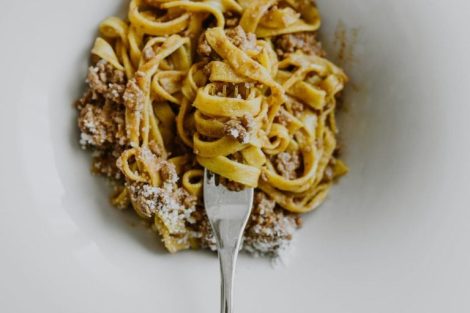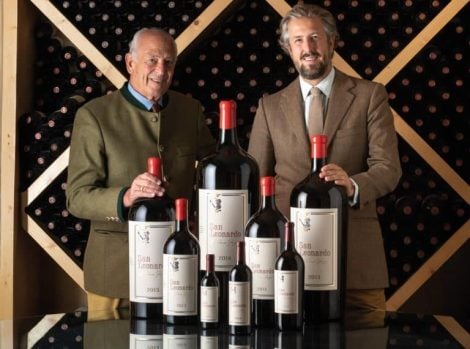"Arnaldo is certainly not a restaurant for lovers of experimental or intellectual cuisine, but if you are looking for an authentic and tasty meal in the pure Emilian tradition, this is the right address," writes the Michelin Guide about the only restaurant in Italy that has retained its star since the first award in 1959. It is called Arnaldo Clinica Gastronomica and is located in Rubiera, in the province of Reggio Emilia. In its company were, among others, Al Gatto Nero in Turin (still open but without stars), La Pesa and Savini in Milan, I 12 Apostoli in Verona (now "home" to Giancarlo Perbellini), Alfredo alla Scrofa in Rome, Da Umberto in Naples (which also made pizza, although the first and only pizzeria with a star would come a few years later), Tre Marie in L'Aquila, and Taverna Sarda in Cagliari. And then, among the top ten in Emilia Romagna, there was, unique in its province, what was then called Arnaldo - Aquila d'Oro, named after the hotel housed in the adjacent fifteenth-century palace, of which the restaurant is still a part.
The restaurant loved by Enzo Ferrari
Solid and consistent, over the years Arnaldo has hosted the most diverse and variable humanity. Even Enzo Ferrari was among the most regular customers, coming from Maranello not only to eat well but also because there was television, which was then a rarity and brought entire communities together - "The hearth of our time," quoting the then CEO of Rai, Filiberto Guala - mesmerized by the early programs. As Roberto Bottero, the grandson and heir of the founder who now runs the restaurant, told us, it is the historical customers and their descendants, the young people who return because their fathers and grandfathers brought them, the backbone, the strength, and the good reason to continue without changing a comma of its characteristics. The Degoli family's story is beautiful to read but even better to hear, perhaps at the table with Roberto surrounded by vintage photos and violins and clarinets hanging on the walls, between a glass of Lambrusco di Sorbara and a boiled dish that few experience in life.
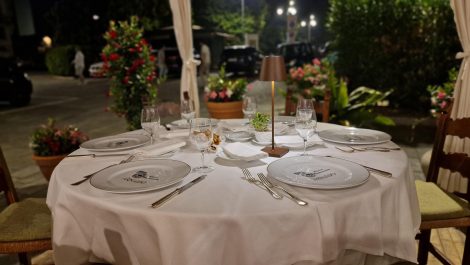
A remedy for the tongue and stomach
First of all, why Clinica? Because in the 1960s, Arnaldo was the dining hall for the doctors of the Modena polyclinic - a short thirty-minute drive away - with whom Arnaldo Degoli, the founder, joked about the much more therapeutic and "restaurant-like" virtues of his dishes compared to the treatments administered at the hospital: "Mine, my dear friends, is a medicine for the soul and spirit. Eating here is good for the tongue and stomach. And also for friendship." Born in 1907, Arnaldo was a musician and in a sense, he never stopped being one: he played the violin in a concert orchestra and traveled a lot, especially in France, where he was inspired to venture into the restaurant business. The right moment came in 1936 when he opened an inn with rooms and a kitchen that would host passing travelers (it is no coincidence that his most illustrious neighbor is Osteria del Viandante, where Roberto directs customers when Clinica is closed).
Together with his wife Lina, he ran the establishment until the 1980s, then passed the baton to daughters Anna and Franca. Today, Roberto carries on the family's good name - and good food - with his wife Ramona Astolfi. Without signs of fatigue, neither behind the scenes nor in terms of public approval. "We work a lot, especially on weekends. Just think that the first available reservations are at the end of March. The trade-off has to do with expenses; the excellent raw materials we use have a cost, while with wines, we manage to amortize better. But patience: we have customers who still come after 50 years, there are those passing through and those who complain because they can't find a seat," says Roberto. "The busiest period goes from spring to late October when many tourists visit the art cities, many of them foreigners too."

The "spugnolata" and boiled dishes
As often happens in long family sagas, over the years, some modernization or variation here and there on the menu are indispensable strategies to survive in a competitive environment like the present one, without necessarily calling into question the more or less glorious past. "We have always remained the same; our dishes are always the same because people are looking for those. See the 'spugnolata,' a 'lasagnetta' invented by my grandmother that still remains our specialty." It consists of layers of water and flour seasoned with béchamel, beef scraps, and cheese, topped in summer with spugnole ("only those from our Apennines, but in limited quantities") and from autumn onwards with porcini mushrooms.
And then there's the legendary cart of boiled dishes (not to mention the dessert cart): "First-rate beef and pork cuts, slowly boiled, served with mashed potatoes, mustard, and sauces on the traditional and now well-known Boiled Cart: the true protagonist of the gastronomic experience at Arnaldo," as stated on the website. We're talking about a real meat festival: capon, white rib, tongue, head, trotter, cotechino, meatloaf, and ham. Plus all the regulatory sauces, mustard first and foremost.
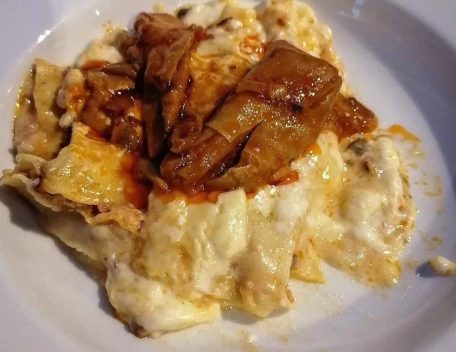
The shop, the "rezdore," colleagues/friends
Then there are the cured meats with pickles, "erbazzone," cappelletti, tortelli, roasts, English soup, and rice cake, and finally coffee and "spazzacamino," an "elixir" not to suffer from digestion. At Arnaldo, you can also buy meat or ham ragù, the aforementioned sauces, and the house mustard, and in the open kitchen, a compact team of "rezdore" rolls out the dough by hand every day, cuts it, and stuffs it live. An aged place compared to the "strange stuff" of a certain contemporary fine dining but at the same time very current in its unwavering ability to intercept a widespread desire for tradition and solidity without surprises. But when the Botteros are off, what do they fancy? "We like fish, or a simple pizza nearby. Every now and then, we also need to diversify a bit."

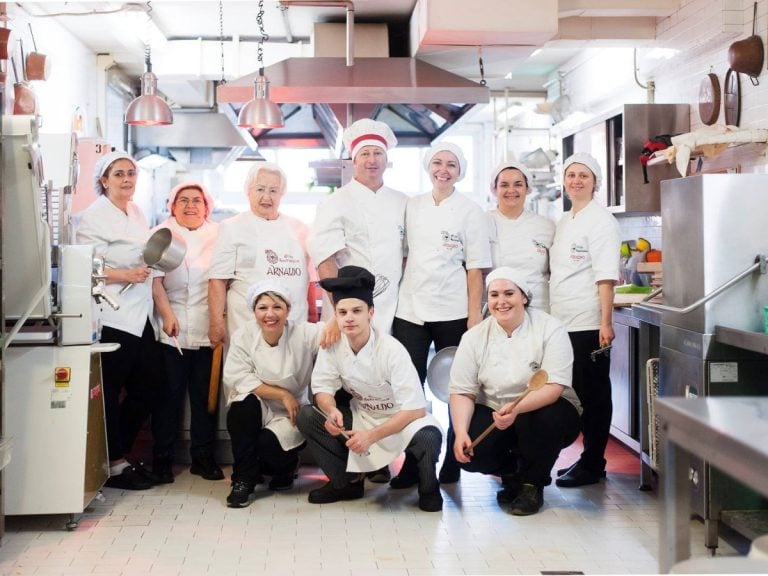
 The oil always moves north, reaching England. How the map of olive trees is changing due to climate change
The oil always moves north, reaching England. How the map of olive trees is changing due to climate change The Nobel Sandwich we tried at CERN, just steps from antimatter
The Nobel Sandwich we tried at CERN, just steps from antimatter The two young talents from Gattinara revolutionising Italian cuisine
The two young talents from Gattinara revolutionising Italian cuisine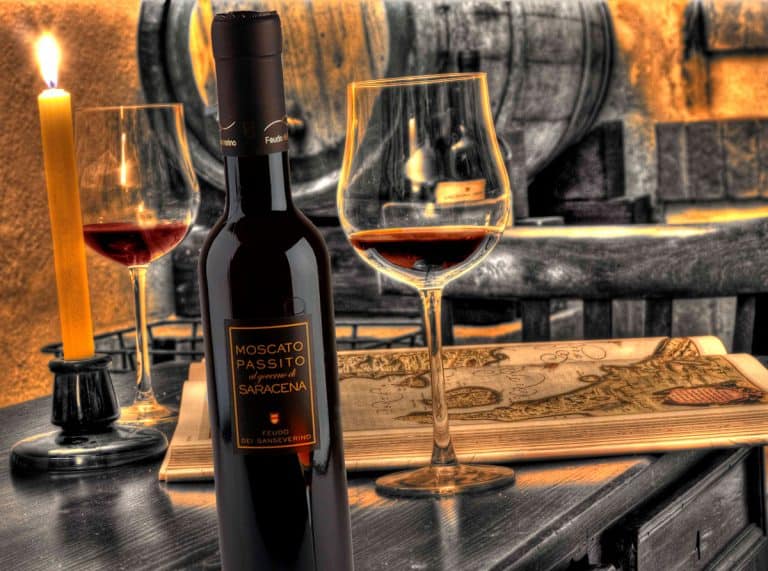 Here is the Meditation Wine of the Year according to Gambero Rosso
Here is the Meditation Wine of the Year according to Gambero Rosso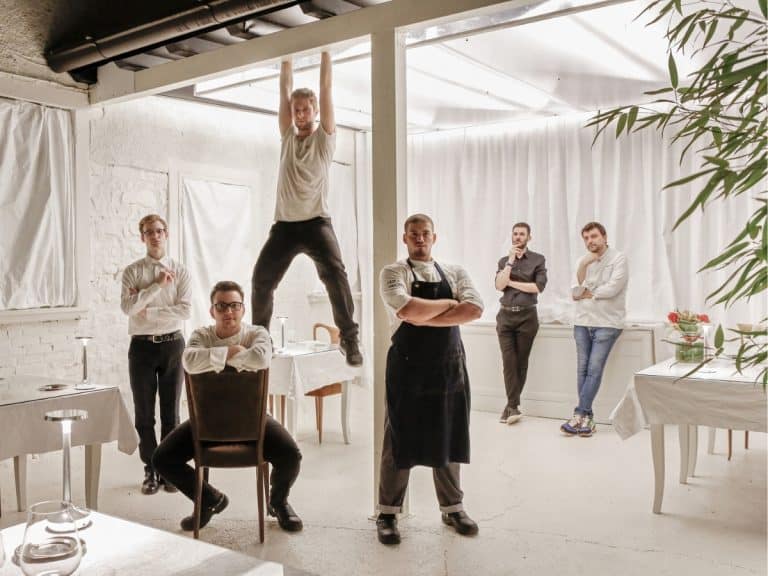 The 6 new 'Tre Forchette' restaurants of Gambero Rosso: here they are
The 6 new 'Tre Forchette' restaurants of Gambero Rosso: here they are



